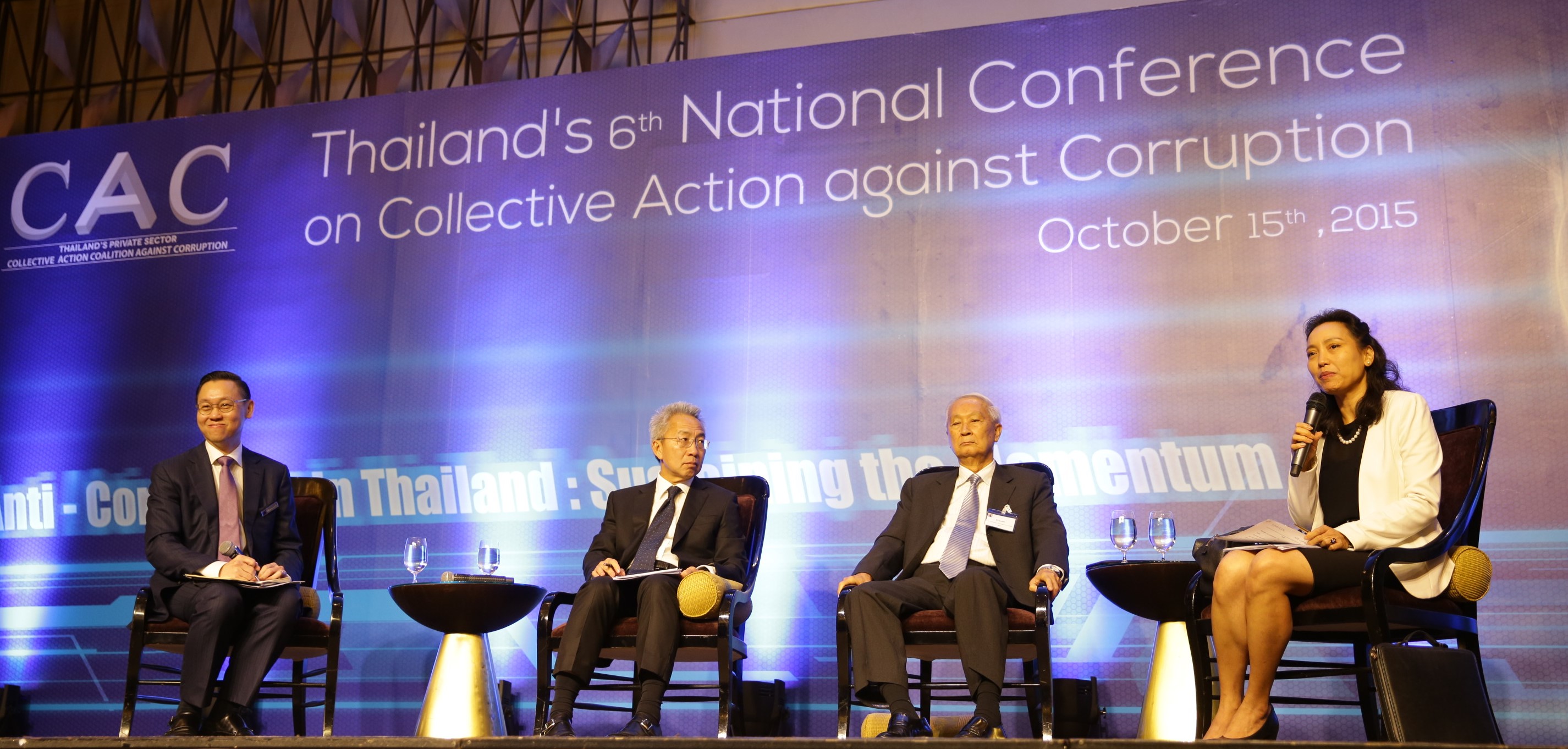Photo Credit: Taylor & Francis Group “In contemporary Russia, entrepreneurs might be considered an endangered species,” writes former CIPE intern and current research scholar at George Mason University Yulia Krylova in her new book, Corruption and the Russian Economy: How Administrative Corruption Undermines Entrepreneurship and Economic Opportunities. Just as endangered animals are threatened by poachers… Read More
Photo Credit: Thailand’s Collective Action Coalition against Corruption (CAC) Bureaucratic red tape and arbitrary decision-making around public services are key conditions that nurture a culture of corruption. Complicated and unclear processes accommodate corrupt practices by creating uncertainties that justify both the demand and supply side of bribery. To effectively mitigate corruption risks, it is essential… Read More
Photo Credit: ITprogBlog This article originally appeared in the TFM Magazine, Volume 2 Number 13, 2018, p. 32 – 35. Read Part I here Empowering through knowledge One of the most identified risk areas for organisations regarding corruption is third-parties acting on behalf of their organisation. In many cases, a… Read More
Corruption is one of the most challenging problems facing countries all over the world. It is difficult to imagine what successful eradication of this issue might look like, but we have learned it cannot be achieved by government alone. It requires an orchestrated effort by all stakeholders, including the local private sector to address the… Read More
Photo Credit: Thailand’s Private Sector Collective Action Coalition against Corruption Collective action is a common method adopted by the private sector for anti-corruption initiatives around the world. It behooves companies to join together as a group that refuses to pay bribes. Uniting companies in the same industry and gathering key players in the larger business… Read More
Photo Credit: Wikimedia A recent Foreign Affairs article by Chris Miller highlighted how “the three-pronged strategy of Putinomics” has worked to keep the current resident of the Kremlin in power: “First, it focused on macroeconomic stability—keeping debt levels and inflation low—above all else. Second, it prevented popular discontent by guaranteeing low unemployment and steady pensions,… Read More






